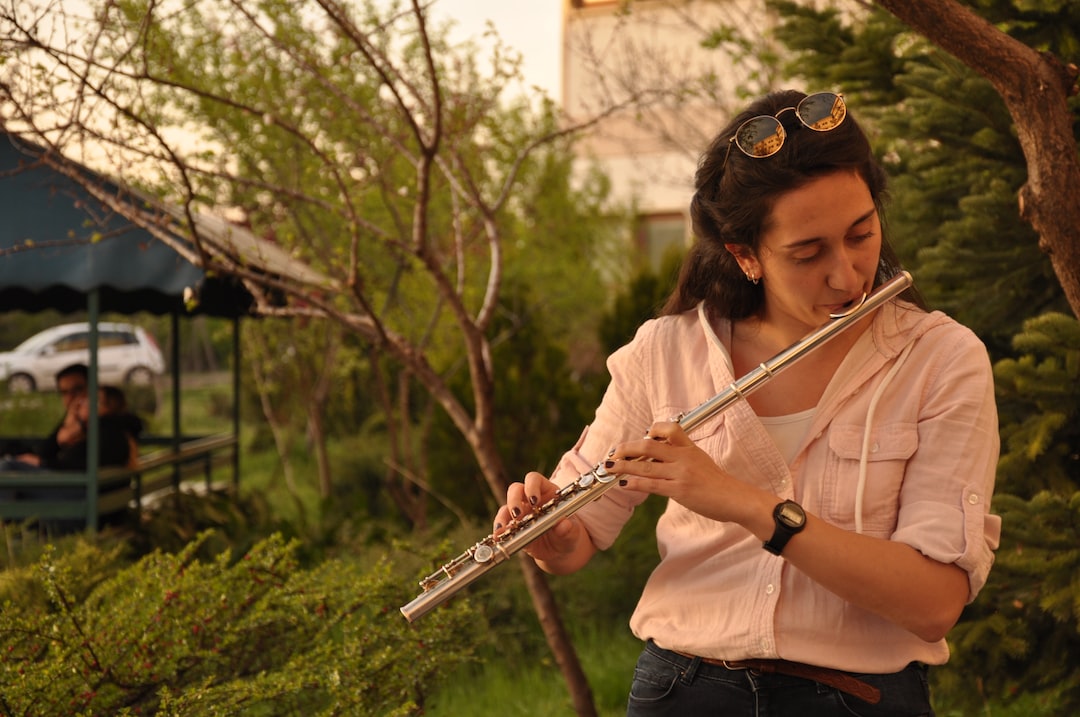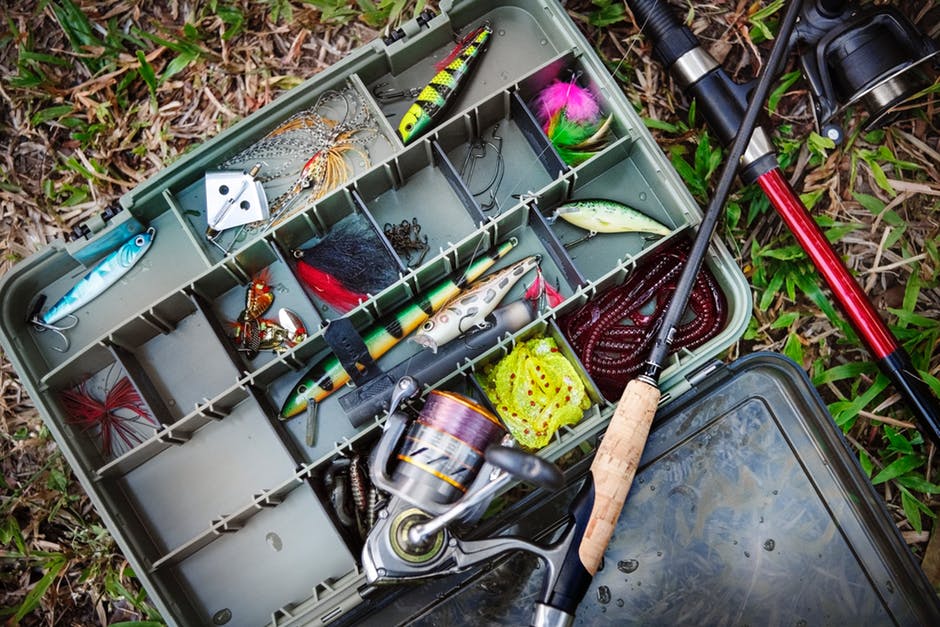
66% of Americans have learned to play a musical instrument at some point. Making music can be fun and an excellent way to relieve stress, and you’re learning great skills too. Plus, you can do it solo or jam out with others!
If you don’t know how to play, or want to learn something new, then you might’ve been going over your choices. There are numerous, but you’ve honed in on wind instruments. In fact, you’re leaning toward the flute, which has several options available.
Which one’s right for you? Keep reading to learn about the types of flutes you can play.
Concert Flute
Let’s start off with the most commonly played flute: the concert flute. It’s also known as the traverse flute or C flute.
This is a moderately-sized flute that used to be made of wood, but nowadays, you’ll mostly find them made of metal. To make music on this instrument, you have to blow across the mouth hole.
You can play just over three octaves on the flute, and it’s in the key of C. This means you don’t have to transpose the keys like with other instruments, such as the clarinet.
Because the sound is controlled by how you purse your lips and blow, it’s a key part of your training called embouchure.
E-Flat Flute
The E-flat flute is also known as the Eb soprano flute.
As you might imagine, it’s very similar to the concert flute. It’s made of the same material, sounds the same, and uses the same playing method.
However, the clue to its difference is in its name: this flute is tuned to E flat instead of C. This is because this flute was initially used in marching bands as a replacement for the E-flat clarinet.
You’ll rarely see anyone playing the E-flat flute today. So if you decide to pick it up, you’ll be one of the rare few E-flat flutists!
Piccolo
For something tiny and cute, choose the piccolo. This is also a silver flute, but has a black body and silver head.
This compact instrument is around half the size of a concert flute and plays notes an octave higher. This means it has a much sharper and more distinctive sound.
It wasn’t really played until the late 19th century. Its popularity rose thanks to composers putting piccolo parts into their full orchestral pieces.
The technique for playing the piccolo is similar, but you’ll need to put the lip plate a little higher on your lips. Plus, you’ll need more air to make sounds on this tiny flute.
Alto Flute
On the other spectrum, there’s the alto flute, which is much bigger than the concert flute. It’s a completely silver flute though!
This is a transposing instrument; it’s pitched in G, so when you read music, you’ll need to shift it in your head to play the right notes. So it comes with some additional difficulty.
This type of flute is relatively new to the scene. It was created in 1854 by Theobald Boehm, and is commonly used in more modern pieces.
The alto flute offers a lower, mellower sound if you don’t like sharper and higher pitches. However, you’ll need some major lung power to make it sound beautiful!
One thing to note is that while this flute can look like the concert flute with a straight head, it can also be configured with a curved one.
Bass Flute
The bass flute plays some of the lowest pitches in the family of flutes. It’s a silver flute that has a curved head. It’s also tuned in C like the concert flute, but an octave below.
It’s not often used, but it’s popular in chamber music and flute choirs.
Some even rarer flutes that have similar low notes include the sub-bass, contrabass, subcontrabass, and double contrabass flutes. These are all huge and expensive, so they’re not the best for beginners.
Plastic Flute
Plastic flutes (aka recorders) are often used by kids in school. You might’ve even played it yourself in elementary school!
These are fantastic for introducing little ones to music since they’re cheap and durable. If you’re not entirely sure about getting into woodwinds, then try things out first with a plastic flute.
Do note that it’s not completely representative of playing on a concert flute. You’ll hold the instrument vertically, whereas you’ll hold concert flutes horizontally.
Peruvian Clay Flute
The Peruvian clay flute is also known as an ocarina. You might be familiar with this instrument if you’ve played Legend of Zelda before.
It has a unique shape since it’s round and enclosed. On top are holes that you cover and uncover to make different notes. You can put a string around it and wear it, meaning you have a to-go flute!
The ocarina is unique, durable, and easy to play. So it’s good for beginners and children.
Dizi
The dizi is a bamboo flute from Asia. It’s believed to be over 9,000 years old, so it’s an ancient instrument!
You play it pretty much the same way you would with a concert flute. You hold it horizontally, and there’s a mouthpiece. You blow on it to play different notes while covering and uncovering the holes.
Choose From These Types of Flutes
As you can see, there are several types of flutes to play. Whether you go with something conventional like a concert flute or something more exotic like a Peruvian clay flute or dizi, you’ll definitely have a blast learning and mastering the instrument.
You might enjoy the benefits of music so much that you go on to learn other instruments too. And as a result, you can have a rich and fulfilling hobby or even profession if you pursue it far enough!
If you want to learn more about music, then keep browsing our blog page now.





